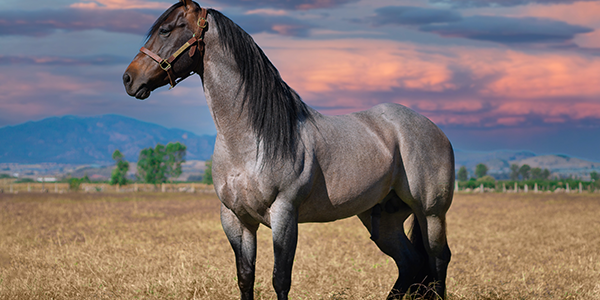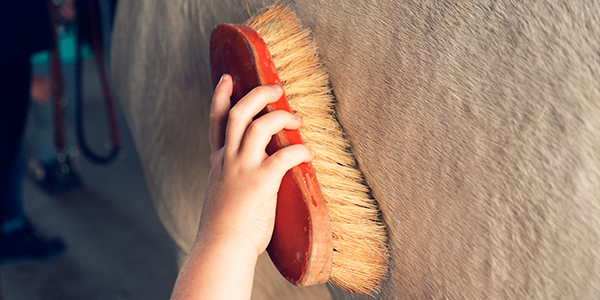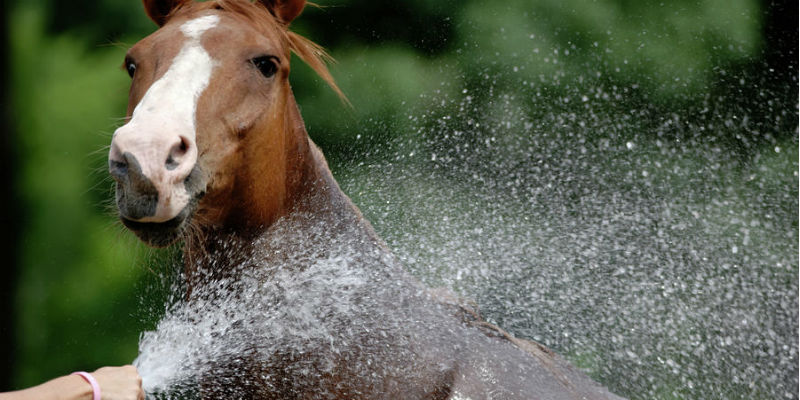You don’t have to be a horse owner to know that horses are naturally covered in hair. Though this hair is usually short, some breeds have more than others. Many new horse owners ask themselves the question: should I clip my horse? Continue reading for an answer from the experts. Also, if you are looking for a horse property for sale in Colorado, contact Colorado Horse Property today and speak with one of our horse-person realtors.
Answering The Question: Should I Clip My Horse?
There are many reasons why you need to clip your horse’s hair. The most obvious reason is due to the weather. Even though hair insulates horses from the cold, if you work your horse during the winter you should actually cut their hair short. This allows body heat to escape, which prevents the horse from becoming too sweaty. If not properly cooled down after a ride, your horse will sweat and become chilled. A horse that becomes chilled may be more prone to colic, colds, and other serious health conditions.
In general, grooming a horse with thick hair is more strenuous. Clipping your horse can significantly cut down on time spent grooming. Aside from grooming, clipping your horse can have health benefits as well. For example, during the Colorado summer when it rains, trails often get muddy. Keeping the legs and fetlocks clipped short can help prevent conditions such as scratches and mud fever since the mud will have no hair to cling onto. The last thing you want is your horse to have dirty and matted hair. Clipping dried mud clumps is very hard and often results in you nicking your horse with the clippers. Removing the hair before this can occur is completely worth it!





